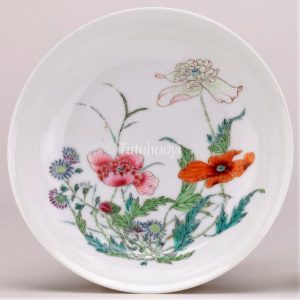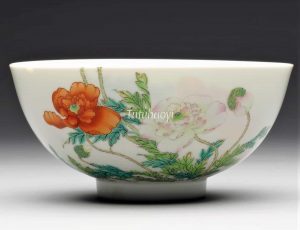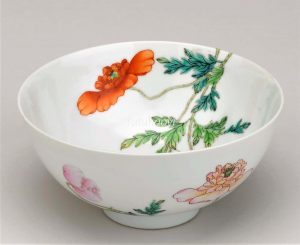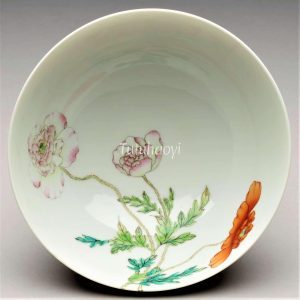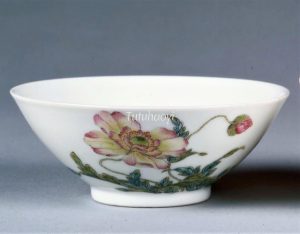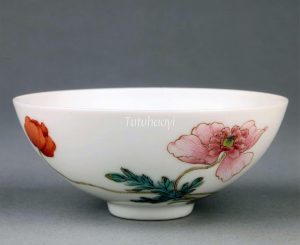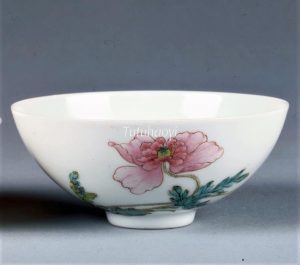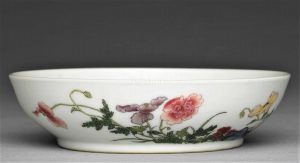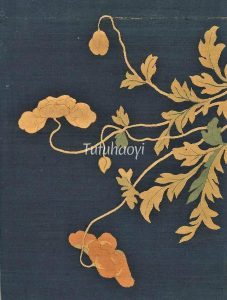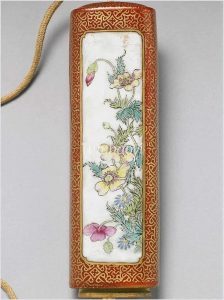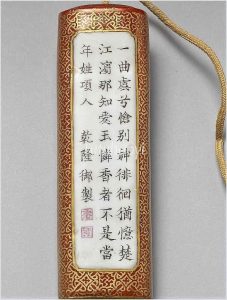Papaver Rhoeas
虞美人
© Tutuhaoyi.com owns the copyright of the description content for the images attached. Quoting all or part of the description content on this page is permitted ONLY IF ‘Tutuhaoyi.com’ is clearly acknowledged anywhere your quote is produced unless stated otherwise. (本页描述内容版权归Tutuhaoyi.com所有,转发或引用需注明 “Tutuhaoyi.com”, 侵权必究, 已注开源信息的条目除外。)
The flower of the annual herbaceous species Papaver rhoeas has many different names in the West, such as common poppy, corn poppy, corn rose, field poppy, Flanders poppy, and red poppy. One of its names in China is yumeiren (虞美人), literally meaning ‘Yu the Beauty’. It was named after Yu Ji (虞姬), Consort Yu of Xiang Yu (项羽, 232 BCE – 202 BCE), the ‘Hegemon-King of Western Chu (西楚霸王)’, during the Chu–Han Contention period (206 BCE – 202 BCE) of China. According to folklore, Yu Ji committed suicide in order to prevent her husband from being distracted by his love for her after the couple were trapped by Liu Bang’s (刘邦, 256 BCE – 195 BCE) army in the Battle of Gaixia (垓下). She danced her last dance passionately with Xiang Yu’s sword and killed herself with it. Red poppies grew where her blood splashed. Later, various cultivars of the species, regardless of their colours, were referred to as ‘Yu the Beauty’. Papaver rhoeas has a cousin called Papaver somniferum, i.e., the opium poppy, which also come in variations but usually have larger fruits.
article written by Dr Yibin Ni
Blog articles discussing the symbolic meanings of flowers:
Cultural differences in the symbolic meaning of lily
Heavenly immortals and fairies are celebrating your birthday
Who is the scholar riding a donkey looking for plum blossom?
Fig 1-2: porcelain bowl & dish set with overglaze enamelled decoration, Yongzheng period (1723-35), courtesy of the Trustees of the British Museum
Fig 3-5: porcelain bowl with overglaze enamelled decoration, Yongzheng period (1723-35), courtesy of the Trustees of the British Museum
Fig 6-8: porcelain bowls with overglaze enamelled decoration, Yongzheng period (1723-35), Percival David Foundation of Chinese Art, No. 821 & No. 878, courtesy of the Trustees of the British Museum
Fig 9: porcelain dish with overglaze enamelled decoration, Yongzheng period (1723-35), courtesy of the Metropolitan Museum of Art, New York
Fig 10-11: a pair of porcelain dishes with overglaze enamelled decoration, Yongzheng period (1723-35), courtesy of the National Palace Museum, Taipei
Fig 12-13: silk tapestry (kesi), 18th century, artist unknown, courtesy of the Metropolitan Museum of Art, New York
Fig 14: album leaves with a poem, ink and colour on silk, Zou Yigui 邹一桂 (1686-1772), painted in Qianlong period (1736-95), courtesy of the National Palace Museum, Taipei
Fig 15-17: toothpick container with overglaze enamelled decoration, Qianlong period (1736-95), Qing dynasty, courtesy of the National Palace Museum, Taipei
Fig 18: Hua Die Tu 花蝶图, hanging scroll, ink and colour on silk, attributed to Lv Jingfu (呂敬甫, active late 14th century), courtesy of the Metropolitan Museum of Art, New York
